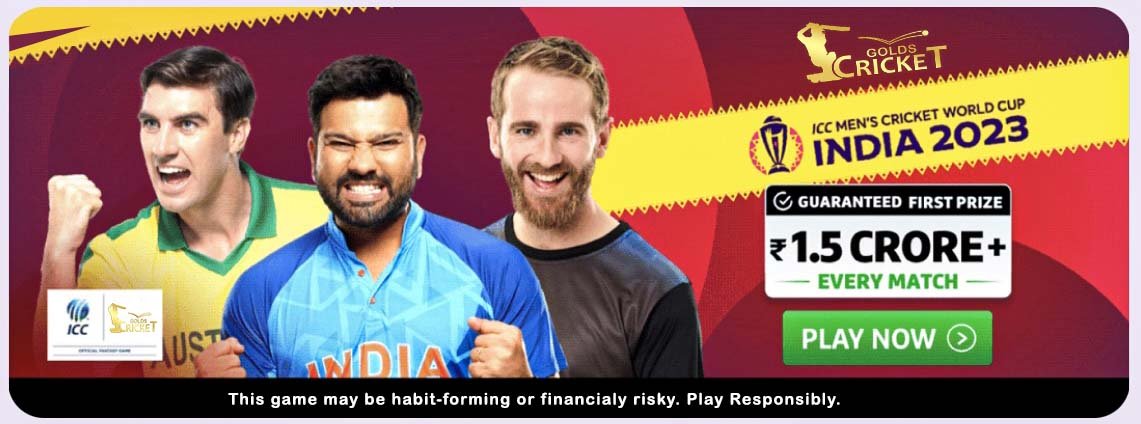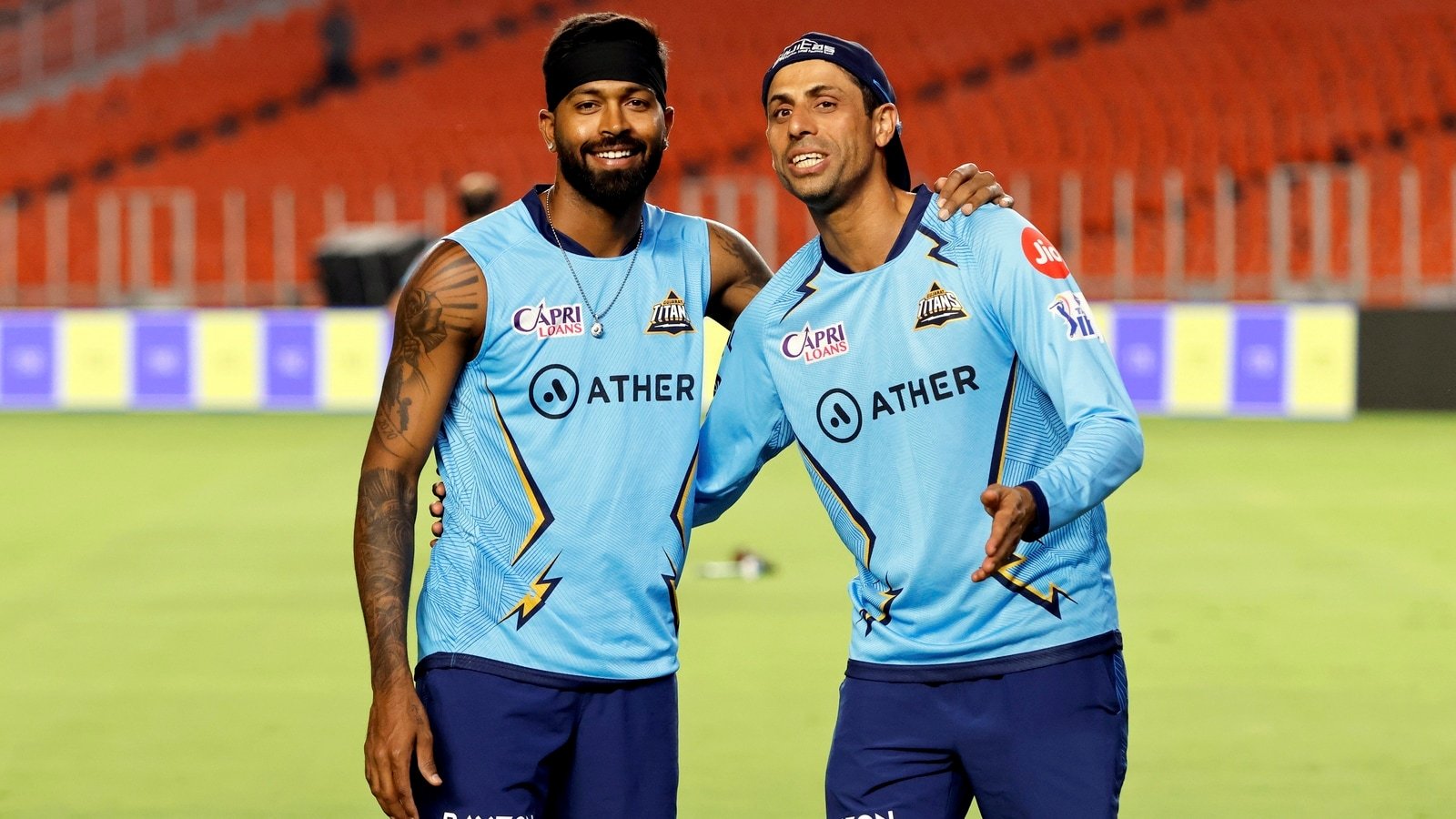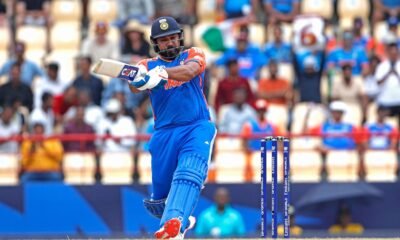Cricket
Hardik Pandya and the intricate IPL player trades | Cricket
[ad_1]
Hardik Pandya’s homecoming to Mumbai Indians will be made public only on Sunday evening when the transfer window closes. But that won’t be the only move you will hear from the MI camp. To make this all-cash deal work, MI will pay Gujarat Titans ₹15 crore, Pandya’s current worth. They will also have to release players worth at least ₹9.95 crore to make it possible on technical grounds.

It brings us to the capped player salary purse – Indian Premier League’s (IPL) unique differentiator from football leagues – that limits the spending power of franchises. MI may be owned by Reliance, but they currently have a purse of only ₹5,00,000 from the last auction. Each year, the franchise’s spending power goes up by ₹5 crore – teams will have ₹ 100 crore in the upcoming auction. So, MI are left with ₹5.05 crore, without accounting for the new player trades.
“It’s the only rule that allows a not-so-affluent franchise (relatively speaking) to remain on level terms, at least so far as spending power on player salaries go,” said a seasoned IPL official. This is also why despite IPL’s ever-growing valuations with every media rights revision, we are yet to see Neymar-like (Barcelona to PSG) or Mbappe-like (Monaco to PSG) player transfers.
With Rohit Sharma ( ₹16 crore) expected to stay, MI may be forced to release Jofra Archer ( ₹8 crore) and either Cameroon Green ( ₹17.5 crore) or Ishan Kishan ( ₹15.25 crore) to have enough spending power on the mini-auction table, to plug loose ends. With Pandya bringing in his all-round skills, they may have to let go of Green. A less likely possibility is for them to release only Archer and young Dewald Brevis ( ₹3 crore), if they are content with the rest of the squad and want to play spectators at the auction.
TRADING RULES
There are, of course, grey areas in IPL player trades that come to play from time to time. There is a provision for ‘negotiated fee’ where a higher amount is paid by the buying franchise to the selling franchise and not more than 50% of the negotiated increase is paid to the player. “Assuming MI pays GT ₹25 crore for Pandya, 50% of the increase ( ₹5 crore more) may go to the player,” the IPL official explains.
These exchange valuations are rarely made official and even BCCI gets to know them because of the trading regulations. IPL insiders say a lot of India’s big players are worth more than ₹15 crore and never make it to the auction table only because of a negotiated price between the player and the franchise which is never made public.
One can look back at Chris Gayle’s retention of 2012 with Royal Challengers Bangalore where the then franchise owners signed him up as a brand ambassador for their liquor arm, for reportedly a much higher fee than his IPL salary to keep the big-hitter away from competitors.
In other instances, there have been players who have stuck to a franchise for a lesser fee than they would get from the auction. Spinner Sunil Narine was retained as the fourth player for ₹6 crore by Kolkata Knight Riders before the 2022 mega auction; being a T20 freelancer, he was sure to cover up by earning from KKR’s other global T20 ventures.
[ad_2]


















